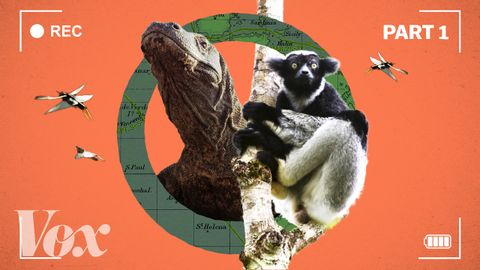
Subtitles & vocabulary
How the BBC makes Planet Earth look like a Hollywood movie
00
Chow Tze Lok posted on 2017/02/27Save
Video vocabulary
versatile
US /ˈvɚsətəl, -ˌtaɪl/
・
UK /ˈvə:sətail/
- Adjective
- Having many uses or skills
- Having or showing a wide range of skills.
B2TOEIC
More align
US /əˈlaɪn/
・
UK /əˈlaɪn/
- Transitive Verb
- To arrange (e.g. objects) in line with one another
- Intransitive Verb
- To be in a line or in the correct position in relation to something else.
B2
More grip
US /ɡrɪp/
・
UK /ɡrɪp/
- Verb (Transitive/Intransitive)
- To hold someone's interest
- To hold something in your hand very firmly
- Noun (Countable/Uncountable)
- Strong understanding of an idea
- Control over something or someone
A2
More series
US /ˈsɪriz/
・
UK /ˈsɪəri:z/
- Noun (Countable/Uncountable)
- Set of stories or articles on a particular subject
- A number of things, events, or people of a similar kind or related nature coming one after another.
- Noun (plural)
- Number of things that happen one after another
A1TOEIC
More Use Energy
Unlock All Vocabulary
Unlock pronunciation, explanations, and filters
